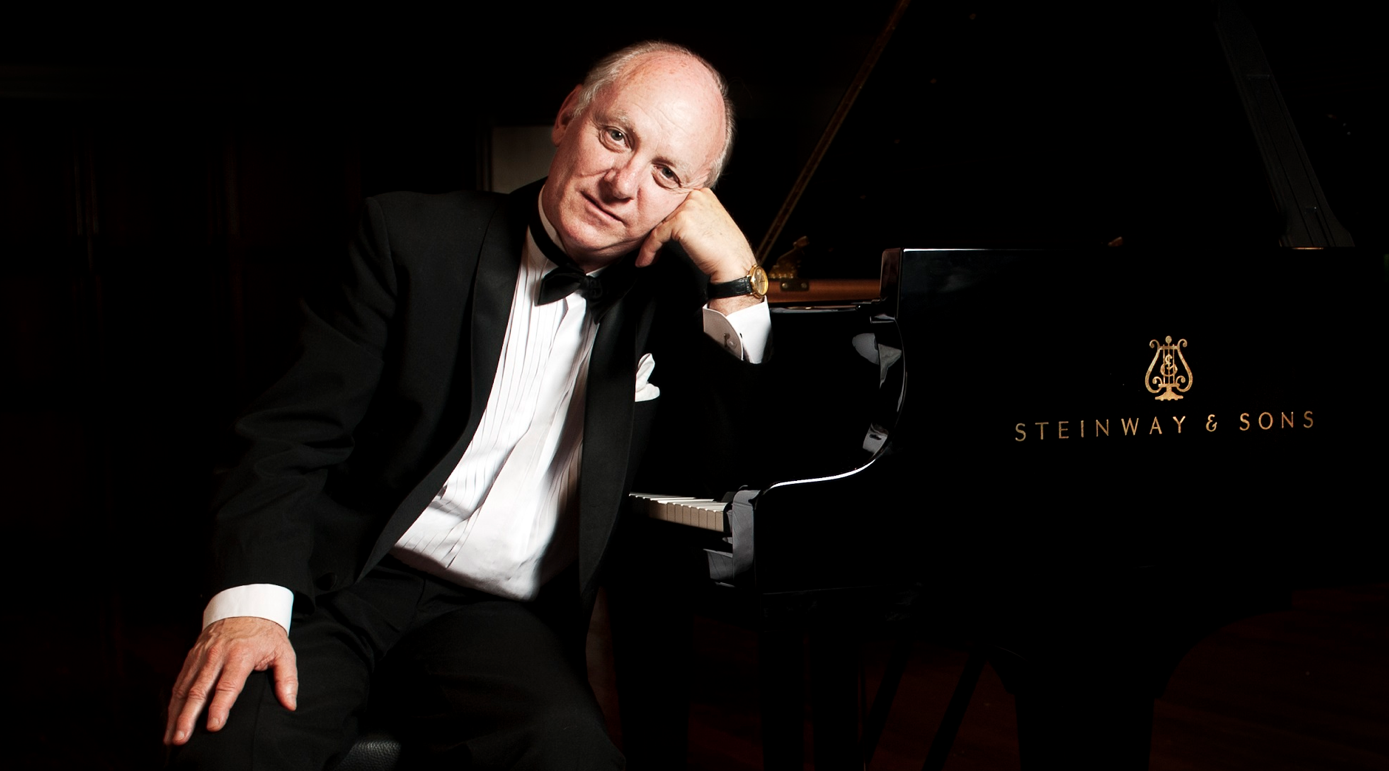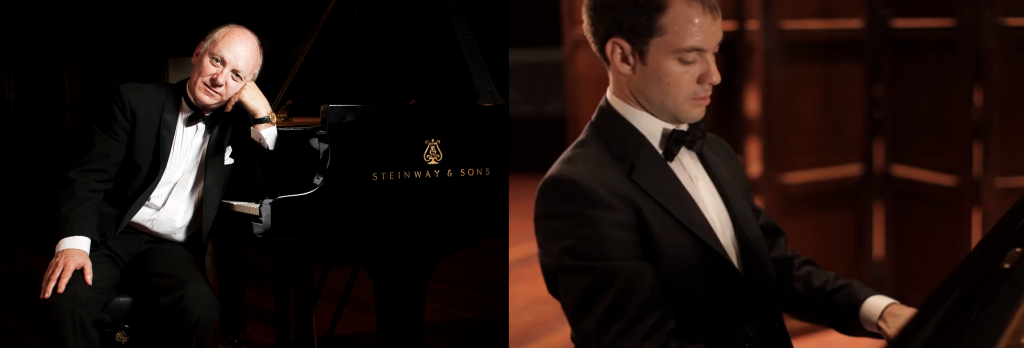In a program presented by MidAmerica productions, Australian pianist Gil Sullivan offered a program of Mozart, Brahms, and works by his compatriot, Julian Cochran. The globetrotting Mr. Sullivan sports an impressive resume, with appearances in many of the world’s most renowned halls.
Opening with Mozart’s Sonata in F major, K. 533/494, the double Köchel number referring to the Rondo finale being composed well before the first two movements, Mr. Sullivan gave ample proof that his sterling reputation as a interpreter of Mozart is well deserved. He offered a performance that explored the depths of one of Mozart’s most profound piano works with restrained, careful rendering and especial attention to matters of tone and phrasing. After the Mozart, Mr. Sullivan played four works (with a break for intermission after the first two) by fellow Australian Julian Cochran.
Julian Cochran (b. 1974) was born in Cambridge, England, but immigrated to Australia in 1978. Mr. Cochran is a mathematician specializing in Pure Mathematics, but has dedicated his talents more fully now towards music, as both a pianist and a composer. When one hears mathematician and composer in the same sentence, it is not at all unreasonable to think of names like Babbitt and Xenakis, and to expect a similarity of style with a mathematical base. Such was not the case. The multi-talented Mr. Cochran is a throwback to the Romantic and Impressionistic traditions of the piano, using the musical language of Chopin, Liszt, Debussy, and Ravel, amongst others, in a highly individualistic, non-derivative manner. On the program were two Preludes and two Mazurkas from his pen.
Prelude No.7 (2010) is a work that has a theme that with a distinctly Romanian-inspired folk feeling. Variations on this theme are done in a similar folk style, building to a powerful climax with bell-like sounds that slowly fade into silence. In his notes about Prelude No. 8 (2010), the composer makes reference to the nature of the ocean and the swirling opening subject. I was reminded of Ondine from Gaspard de la Nuit, but with the additional twists hearkening back to motifs of Liszt, Debussy, and even Rachmaninoff. It is a work that is alternately serene and unsettled, glistening and turbulent. It builds to a brilliant climax, and then recedes into a quiet ending. Much like Ondine, this work requires a formidable technique, which Mr. Sullivan possesses. It was an outstanding performance of a striking work and a fine ending to the first half.
After intermission, next up were Mazurkas Nos.4 and 5. Mazurka No. 4 (2009) is a work that could be called Chopin’s Nightmare. It has the qualities of an unsettled dream with the harmonic language almost mockingly omitting the fifth tone of the minor scale at all turns, while augmenting the fourth and diminishing the sixth. This Mazurka becomes a wild, dervish-like dance bordering on the grotesque before returning to the original theme. About Mazurka No. 5 (2009, revised 2010), the composer writes that this work “may remind us of Ravel”. Indeed, one can detect hints of Ravel’s La Valse in this work. The writing is highly virtuosic, and in the hands of Mr. Sullivan it was given a masterful performance that accentuated its brilliance. Mr. Cochran was in attendance and joined Mr. Sullivan for bows on stage. This is a composer who has learned his lessons well from the old masters while leaving his own distinctive mark. I would like to hear more from Mr. Cochran in the future.
Ending the program with Brahms’s Sonata No. 2 in F-sharp minor, Op.2, Mr. Sullivan showed himself to be as comfortable in this massive structure as he was in the sparseness of the Mozart. This work of a young Brahms is packed with bold ideas, virtuosic demands, and symphonic qualities that owe much to Robert Schumann’s influence. It is brash and designed to impress, and in this respect Mr. Sullivan delivered a power-packed performance. It was an exciting close to the concert by a pianist possessed of intelligence and technical prowess in equal measure.
As an encore, Mr. Sullivan offered the A-flat Polonaise, Op. 53 of Chopin, the Heroic, which he played in an exciting and highly individualistic manner (with liberties and additions to the score). The full-house audience loved it and roared their collective approval in a raucous ovation.


